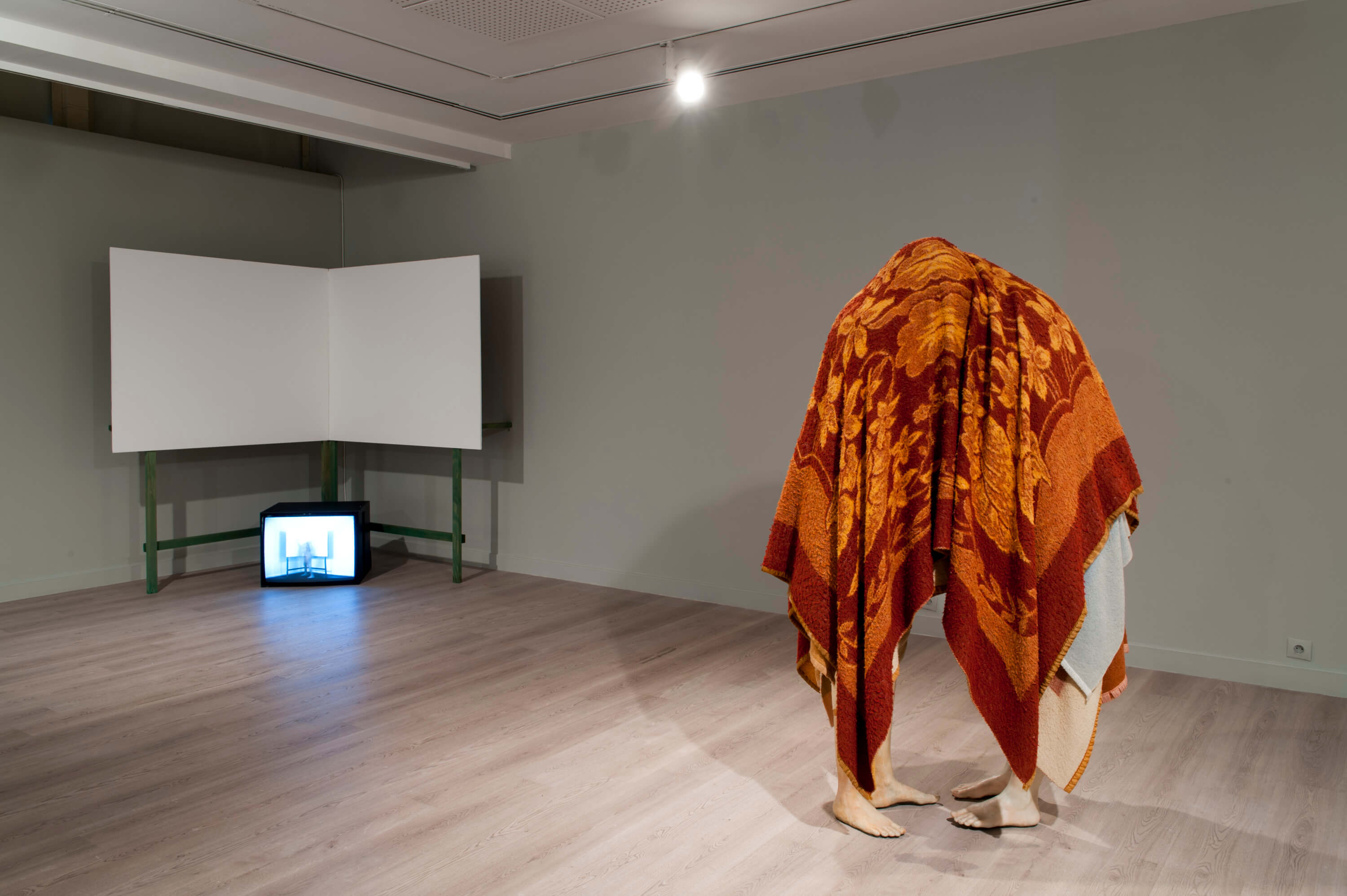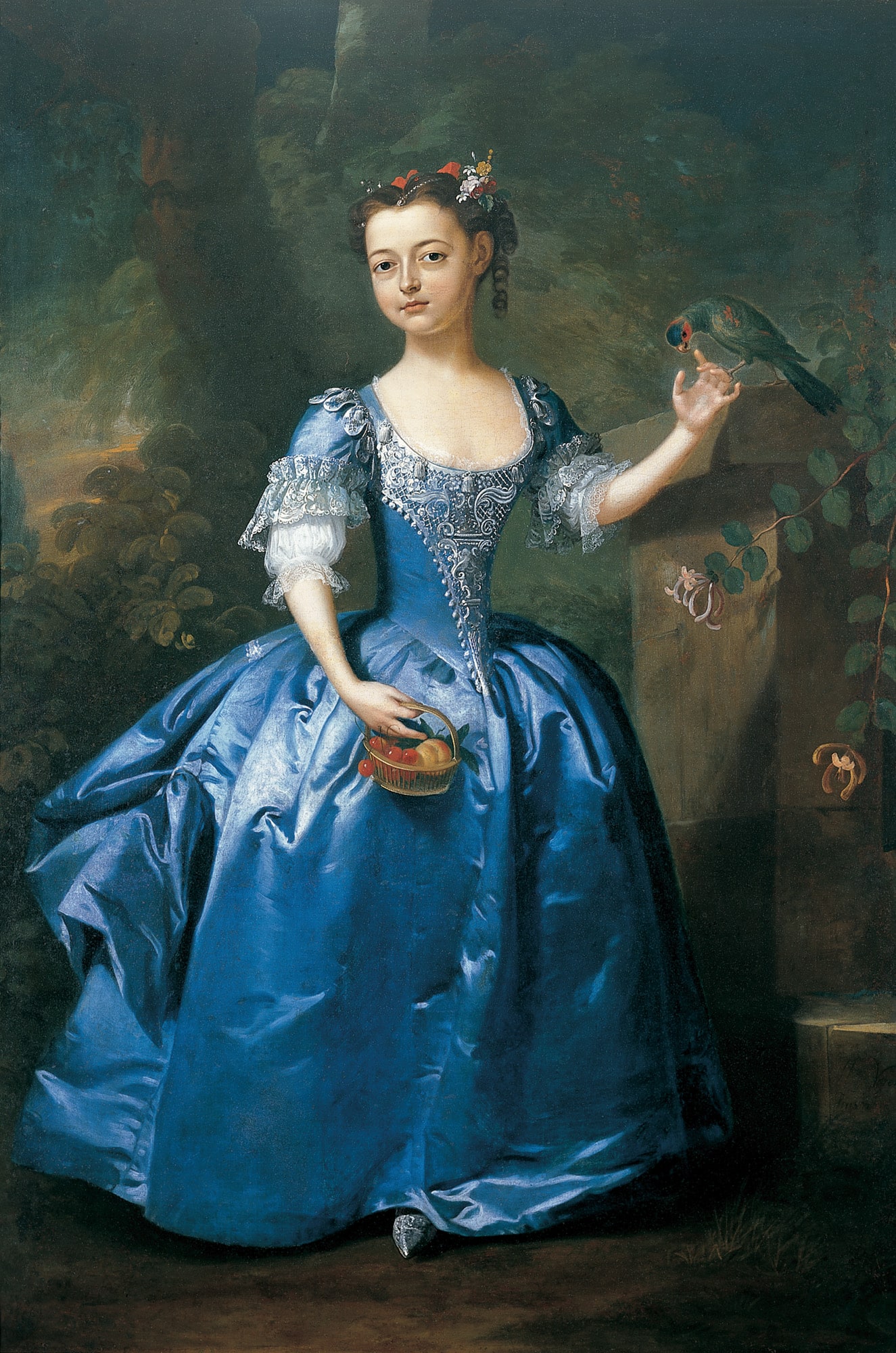Pera Film in collaboration with Istituto Italiano di Cultura is presenting seven films and selected shorts of Antonioni beginning from the 40s until the early 80s.
Michelangelo Antonioni was born on 29 September 1912 and died in 2007 at the age of 94, having worked until almost the very end. Though he worked throughout the forties and fifties (including writing the story that was the basis for Federico Fellini’s The White Sheik, and directing his first fiction features, including the penetrating films about bourgeois Italian life Story of a Love Affair and Le amiche), it was in the 1960s that he became a major force in international film. It was also then that he began to typify, alongside such artists as Fellini, Ingmar Bergman, and Alain Resnais, a new European art cinema, expressing a distinctly contemporary ennui. With their stunning visuals, ambiguous narratives, and still relevant focus on modern alienation, Antonioni’s films of this period, all starring Monica Vitti, his lover at the time—L’avventura (famously booed at Cannes for confounding its audience with its longueurs and lack of closure), La notte, L’eclisse, Red Desert—have stood the test of time. And his less iconic later films, like Identification of a Woman, have only grown more compelling and mysterious, as the years have passed.
Antonioni deftly manipulates the quieter, indirect edges of cinematic structure, often so discretely that his existential puzzles are felt before they can be intellectualized. The negative space is as prominent as the positive, silence as loud as noise, absence as palpable as presence, and passivity as driving a force as direct action. Transgressing unspoken cinematic laws, Antonioni frequently focuses on female protagonists while refusing to sentimentalize or morally judge his characters and placing them on equal footing with the other elements within his total dynamic system, like sounds or set pieces. Together with Fellini, Bergman and Kurosawa, Michelangelo Antonioni is credited with defining the modern art film. And yet Antonioni’s cinema is also recognized today for defying any easy categorization, with his films ultimately seeming to belong to their own distinctive genre.
In collaboration:
Program Trailer

Pera Museum, in collaboration with Istanbul Foundation for Culture and Arts (İKSV), is one of the main venues for this year’s 15th Istanbul Biennial from 16 September to 12 November 2017. Through the biennial, we will be sharing detailed information about the artists and the artworks.

This life-size portrait of a girl is a fine example of the British art of portrait painting in the early 18th century. The child is shown posing on a terrace, which is enclosed at the right foreground by the plinth of a pillar; the background is mainly filled with trees and shrubs.
Tuesday - Saturday 10:00 - 19:00
Friday 10:00 - 22:00
Sunday 12:00 - 18:00
The museum is closed on Mondays.
On Wednesdays, the students can
visit the museum free of admission.
Full ticket: 300 TL
Discounted: 150 TL
Groups: 200 TL (minimum 10 people)